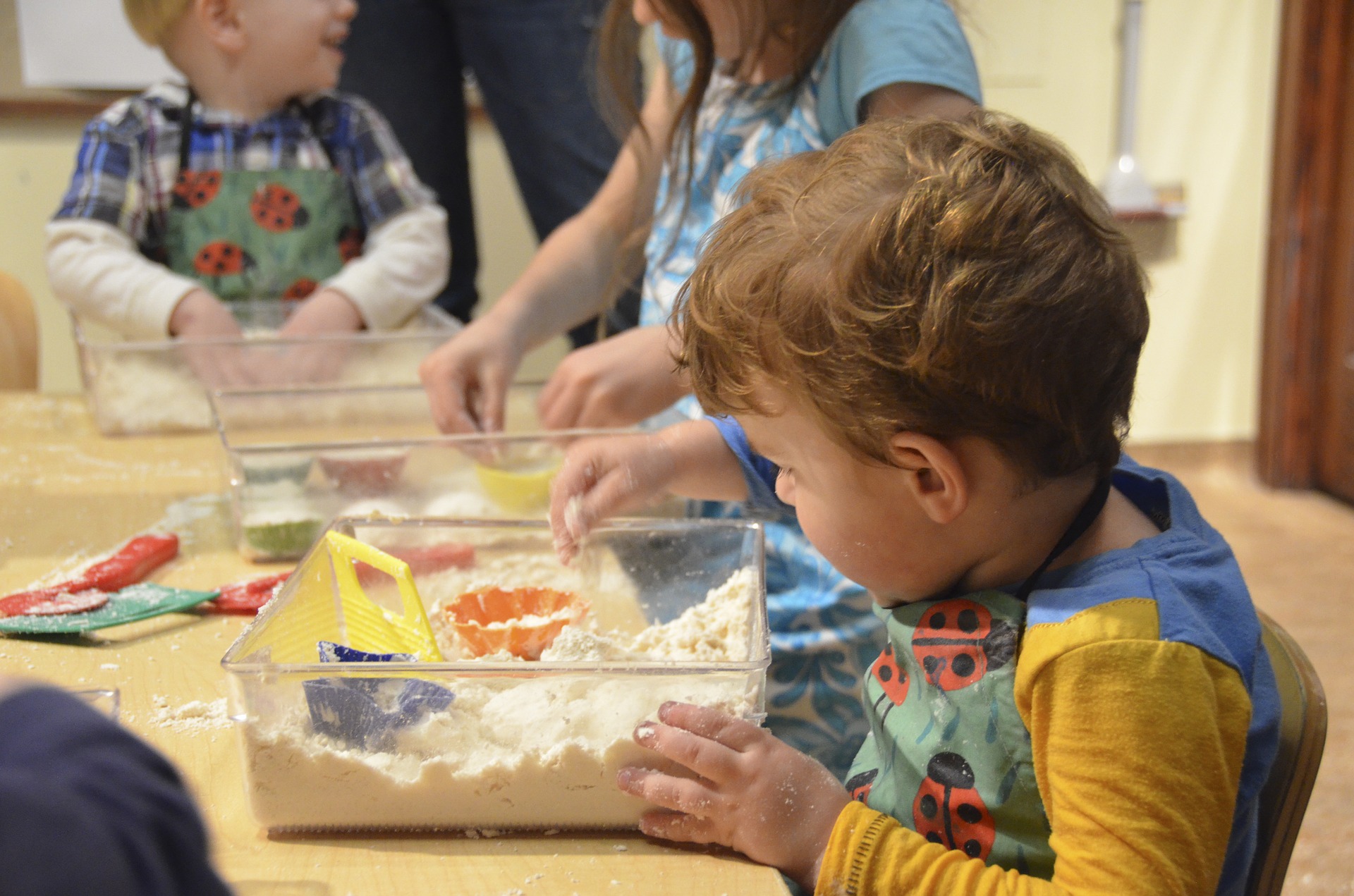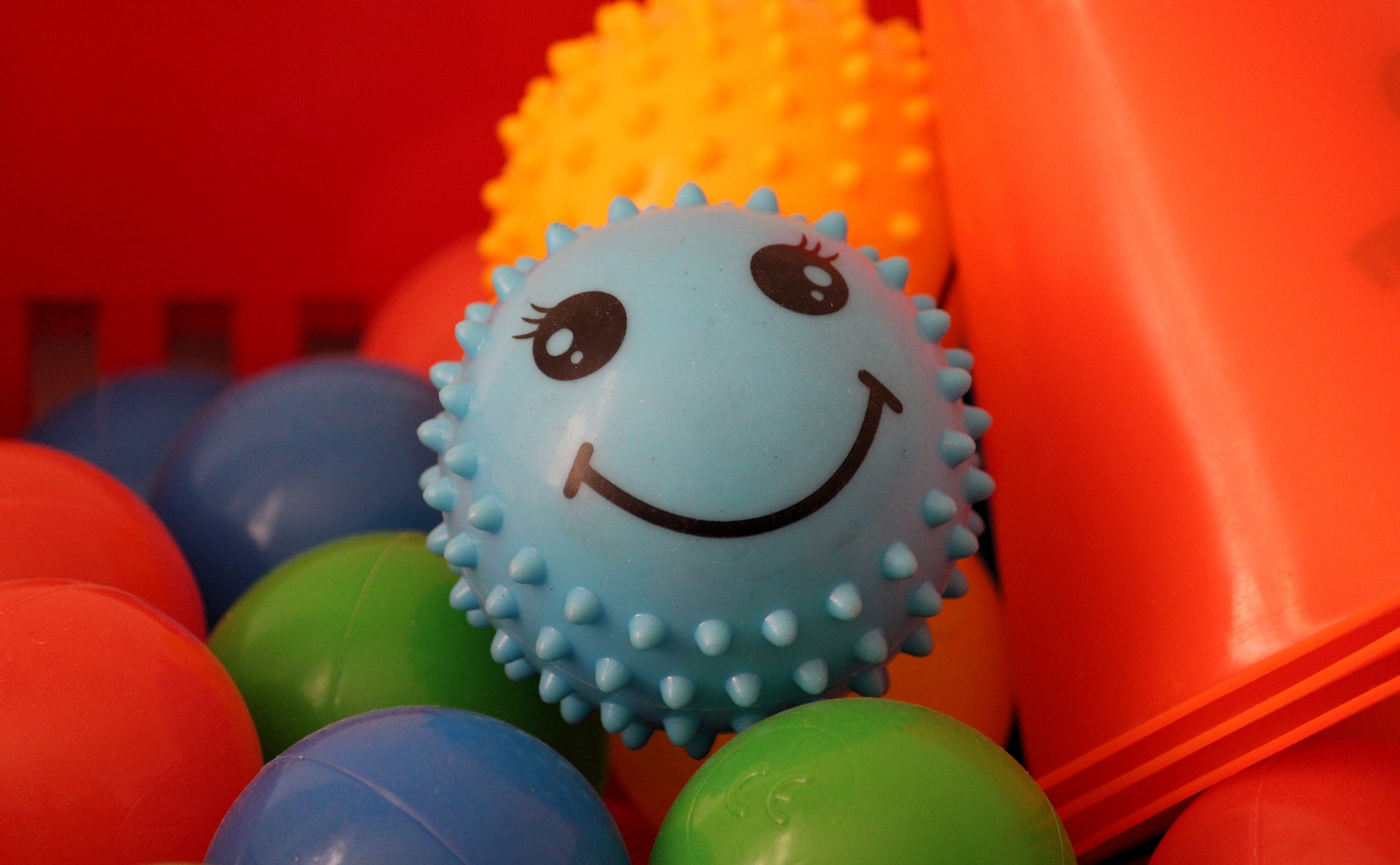The Benefits of Sensory Play
Posted on 24th July 2018 at 21:56
Perhaps before we were parents, toys were something that babies and children played with and enjoyed throughout their younger years. But as we learn, there is a science and art to what makes the perfect toy for a child's optimal sensory development.

At Wellies, we know the importance of sensory play and the positive impact it can have on your child, so we only select the best toys and equipment in order to maximize your child’s learning potential.

There are many benefits to going that extra mile when it comes to sensory play with your child. In this blog we’re going to talk you through the key benefits of sensory play that every parent should be aware of, and also some fun ideas that you could try at home with your little one to compliment what we do here at nursery. Team work!
Why sensory play?
The long term and short-term benefits of sensory play are truly remarkable for your child’s overall development. As they start to develop and grow, they are constantly building and formulating nerve connections in the brain’s pathway in order to maintain progression in all areas of their ever-growing daily life. Research has shown that sensory play at a young age improves the brain's ability to do this. Learning to differentiate sharp from round, smooth from rough, cold from warm is an important journey for your little one to experience as it will enable them to discover, classify and sort more sophisticated information later through life.
When we refer to the word ‘development’ it can be quite a broad term, so when we say ‘development’ in this context, sensory play in particular can support areas of development such as language, cognitive growth, fine and gross motor skills, problem solving skills, memory, social interaction and much more.
Sensory play has also been well known to be a great activity for children who experience anxiety, shyness or frustration. Particularly ones who are shy, sensory play encourages them to describe the textures and colours and express how they make them feel, which is a great way to start open and relaxed communication.
There are many different and varied components to sensory play:
Colours: bright, dull, monochrome, rainbow, sparkly, complimenting colours and contrasting colours.
Textures: sticky, dry, soft and tough.
Weight: light and heavy.
Shapes: triangles, squares, rectangles, circles, diamonds and hexagons.
Sounds/noises: crunching, pop, swish and bubbles.
Lights: flashing, calming, soothing, day light and night time.
NB in particular, getting involved in sensory play at different times of the day can help your little one start to understand how the same thing can look completely different from morning to night.
Temperature: to approach with caution but warm and cold.
If you are reading all of these areas and worrying that you are not covering all of them, please do not panic! Don’t feel pressured to cover ALL elements purposefully, you are probably doing most of some of these already when playing with your child without even realising!
You could look to tackle an area a week, or every month to make sure your child has a variety of sensory play? Why not every week, look at experimenting or creating more focus around one area of sensory play such as colour then the next week look at incorporating more texture into their play? Also experimenting with different items and objects can be fun and interesting for your little one to explore. If you need any help, inspiration or ideas then please don’t hesitate to ask us for help or support with this.
Share this post:







